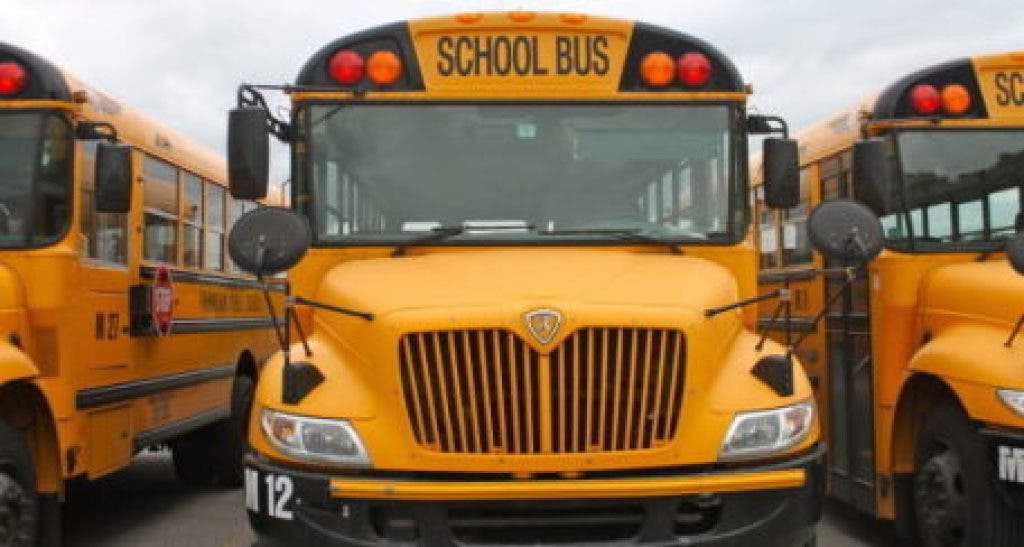Schools
Should Your School District Get Rid of Buses?
One community has never had them — and they're saving big-time.

Although many U.S. schools struggle to find ways to get their students to exercise, one municipality has an easy solution: design.
Lakewood, Ohio, adjacent to Cleveland, isn’t built like the typical modern American suburb. Its population of 51,000 is packed into five and a half square miles, and its schools are located one to two miles from homes. Residents can walk or bike to the grocery store or the post office, and, for the city’s 5,800 students, traveling to school by foot is a no-brainer.
Because Lakewood is so pedestrian-friendly, its school district has never had school buses.
Find out what's happening in Solonwith free, real-time updates from Patch.
“It’s been a very important part of our identity,” said Christine Gordillo, spokeswoman for Lakewood City Schools. “Most Lakewoodites are proud of that.”
While the city was designed in the 1800s with walkability in mind, educators and residents say that students benefit from this geography in more than a few ways.
Find out what's happening in Solonwith free, real-time updates from Patch.
Sandy Kozelka, principal of Lakewood’s Lincoln Elementary School, said in a short film by Streetfilms that students burn off “jitters” on their way to school.
Studies have shown that kids who are physically fit have higher achievement scores, and a Danish study reveals kids can concentrate better when they walk or bike to school rather than being driven or taking transit.
For those schools that have faced cuts in physical education budgets and want to encourage exercise, getting students to trek to and from class on foot could be a simple fix, statistics show.
When districts are short on funding, school buses, which cost an average of $915 per pupil per year are often the first to get cut. “We’ll never have to face that issue,” Gordillo said.
She pointed out that the Lakewood City School District has saved an estimated $1 million per year because it doesn’t run school buses.
While some parents find driving their kids to school is a matter of convenience, others don’t have a choice. Most modern schools are built on the outskirts of towns, where land is usually cheaper and there’s room to build large parking lots, making traveling by car the fastest and easiest mode of transportation. Educators in Lakewood say their savings exceed those lower building costs.
But for all the perks of walking and biking to school, for residents in Lakewood, the appeal of commuting by foot is simple.
“It’s a big city for the relative size of it, but I feel like I know everyone,” Lakewood parent Katie Stallbaum told Streetfilms. “It’s good to know what community is.”
Christina McCallum, another local parent, echoed Stallbum.
McCallum said her sons Patrick, 12, and Brendan, 15, who attend middle and high school in Lakewood, enjoy the freedom of traveling to school on their own.
And when her sons were in elementary school, she traveled with them by walking to and from school, and she said that’s just as fun for the parents.
“It’s a nice opportunity to chat with other parents to see what kids are looking forward to that day,” McCallum said, “or review spelling words on the way to school and on the way home.”
Photo credit: File photo
Get more local news delivered straight to your inbox. Sign up for free Patch newsletters and alerts.